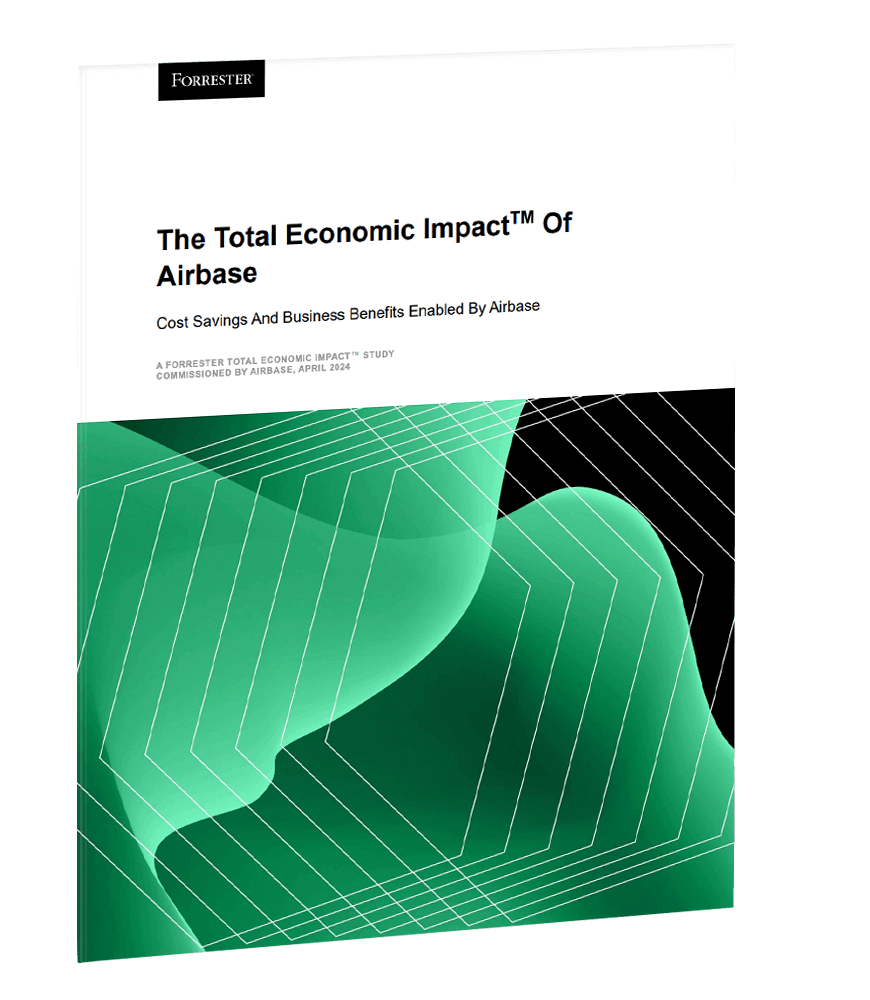What is an IPO?
An IPO, or initial public offering, is when a private company offers its shares to the public for the first time. This allows the company to raise equity capital from public investors. For private investors, it can be a crucial moment to realize gains from their investments, often through a share premium. At the same time, public investors get the opportunity to invest in the company.
- An IPO involves a private company offering shares to the public in a new stock issuance.
- Companies must meet specific requirements from exchanges and the Securities and Exchange Commission (SEC) to conduct an IPO.
- IPOs allow companies to raise capital by offering shares in the primary market.
- Investment banks are hired to manage various aspects of the IPO process, including marketing and pricing.
- For founders and early investors, an IPO can serve as an exit strategy, allowing them to realize profits from their private investments.
How an IPO works.
Before going public, a company is considered private and has a limited number of shareholders, including founders, family, friends, and professional investors like venture capitalists or angel investors. Transitioning to a public company through an IPO enables the company to raise significant funds, enhancing its ability to grow and expand. Additionally, increased transparency and credibility from being listed can help the company secure better terms for borrowing funds.
When a company feels ready for the demands of SEC regulations and the benefits and responsibilities of public shareholders, it starts the process of going public. This typically happens when a company reaches a private valuation of $1 billion or more, known as unicorn status, although companies of various valuations can qualify based on strong fundamentals and proven profitability potential.
IPO shares are priced through underwriting due diligence. When a company goes public, private share ownership converts to public ownership, and private shareholders’ shares become publicly traded. This transition is a key moment for private investors to cash in on their investments. The public market allows millions of investors to buy shares, contributing to the company’s shareholders’ equity. The number of shares sold and their selling price determine the new shareholders’ equity value.
The history of IPOs.
The concept of IPOs dates back to the Dutch East India Company, credited with conducting the first modern IPO by offering shares to the public. Since then, IPOs have been a popular way for companies to raise capital from public investors. The frequency of IPOs can fluctuate based on economic conditions and industry trends. For example, tech IPOs surged during the dotcom boom, while the 2008 financial crisis resulted in a significant decline in IPO activity. Recently, there has been a focus on unicorns leading to speculation about their IPO decisions.
The IPO process.
The IPO process has two main parts: the pre-marketing phase and the initial public offering itself. When a company is ready for an IPO, it advertises to underwriters by soliciting private bids or making public statements. The underwriters, chosen by the company, manage every aspect of the IPO, including due diligence, documentation, marketing, and issuance.

Guided Procurement Tour
Explore our automated procurement workflows in the Guided Procurement tour.
Steps to an IPO.
- Proposals: Underwriters present proposals and valuations, discussing their services, security types, offering prices, share amounts, and estimated time frames.
- Underwriter selection: The company chooses its underwriters and agrees to terms through an underwriting agreement.
- Team formation: An IPO team is formed, including underwriters, lawyers, certified public accountants (CPAs), and SEC experts.
- Documentation: Information about the company is compiled for IPO documentation, primarily the S-1 Registration Statement, which includes the prospectus and private filing information.
- Marketing and updates: Marketing materials are created, and underwriters and executives estimate demand and set the final offering price. Companies ensure they meet public share offering requirements from exchanges and the SEC.
- Board and processes: A board of directors is formed, and processes for quarterly financial and accounting reporting are established.
- Shares issued: Shares are issued on the IPO date, with capital from the primary issuance recorded as stockholders’ equity.
- Post-IPO: Post-IPO provisions may include additional share purchases by underwriters and quiet periods for certain investors.
Advantages and disadvantages of an IPO.
Advantages:
- Access to investment from the public, facilitating acquisitions, and boosting the company’s exposure and public image.
- Increased transparency can lead to more favorable credit terms.
Disadvantages:
- IPOs are costly, with ongoing expenses for maintaining a public company.
- Management may be distracted by share price fluctuations and public disclosures.
- The company may have to reveal business secrets, and rigid governance can hinder risk-taking managers.
IPO alternatives.
- Direct listing: Conducting an IPO without underwriters, suitable for companies with a strong brand.
- Dutch auction: Allowing potential buyers to bid for shares, with the highest bidders receiving the shares.
- Investing in an IPO: Companies choose an IPO after careful analysis to maximize returns for early investors and raise capital. The IPO price is typically set through underwriting and discounted to ensure sales. Investors should focus on the prospectus for information about the company, management, and underwriters.
- Performance of IPOs: IPO returns can be influenced by several factors, including the expiration of lock-up periods, waiting periods set by investment banks, and flipping practices. Tracking IPO stocks, especially spin-offs, can provide valuable investment opportunities.
The IPO process is long and involves significant preparation and analysis. Public investors can follow developing headlines and information to assess the best potential offering price. The pre-marketing phase typically involves demand from accredited and institutional investors, with public investors participating on the final offering day.
 Jira Integration – Streamline Your Workflows
Jira Integration – Streamline Your Workflows  Ironclad Integration – Simplify Legal Operations
Ironclad Integration – Simplify Legal Operations  Asana
Asana 
